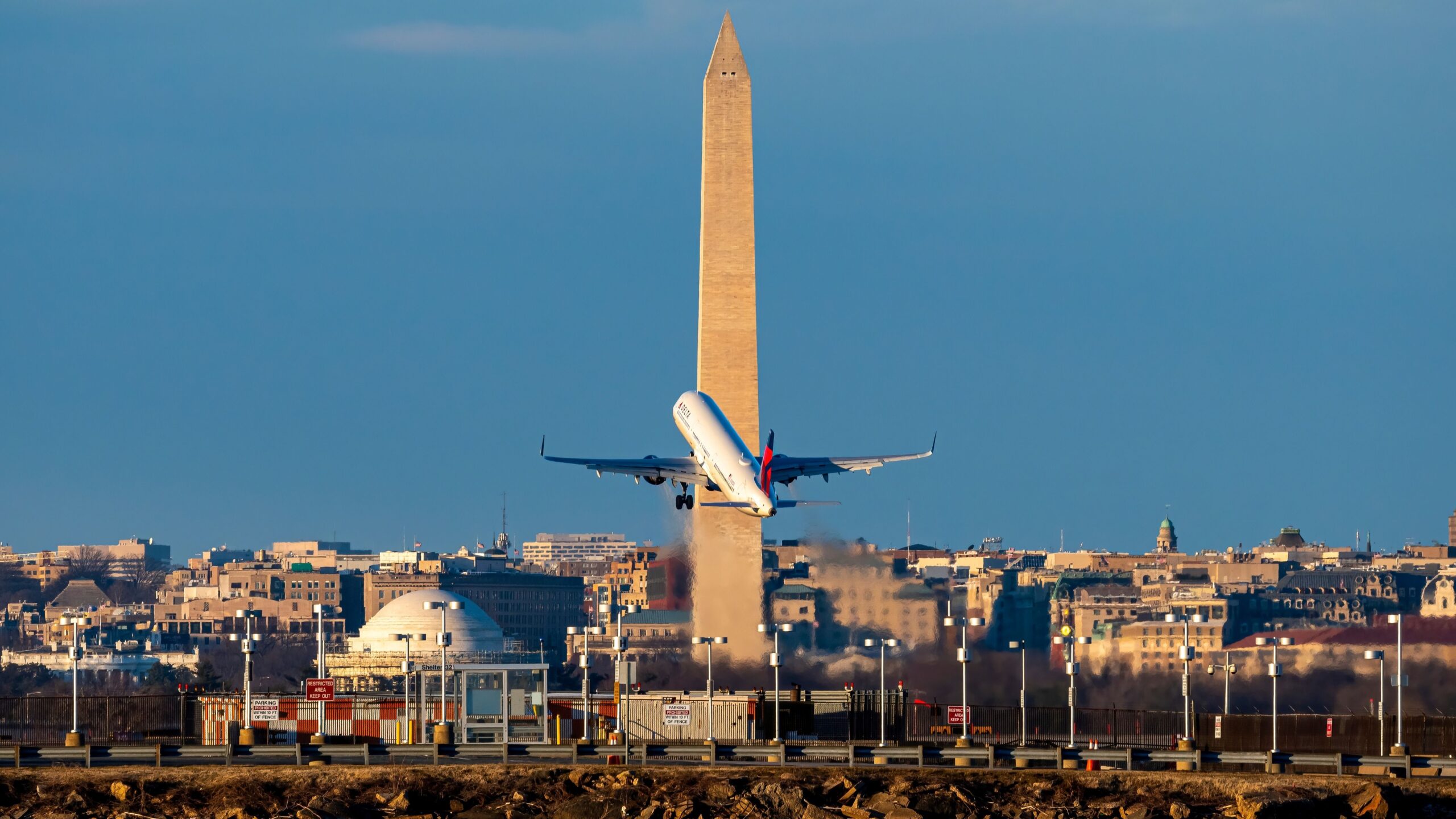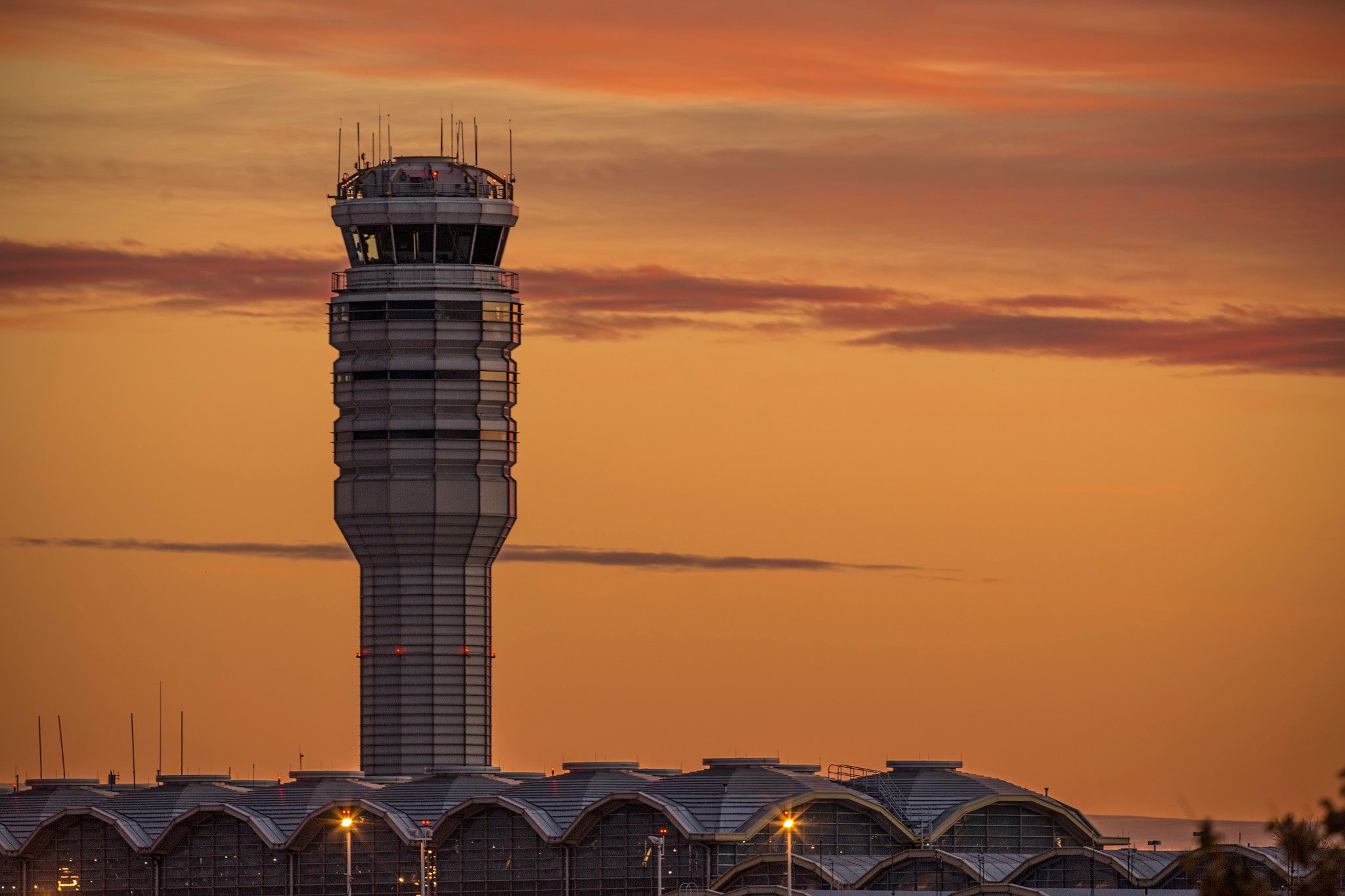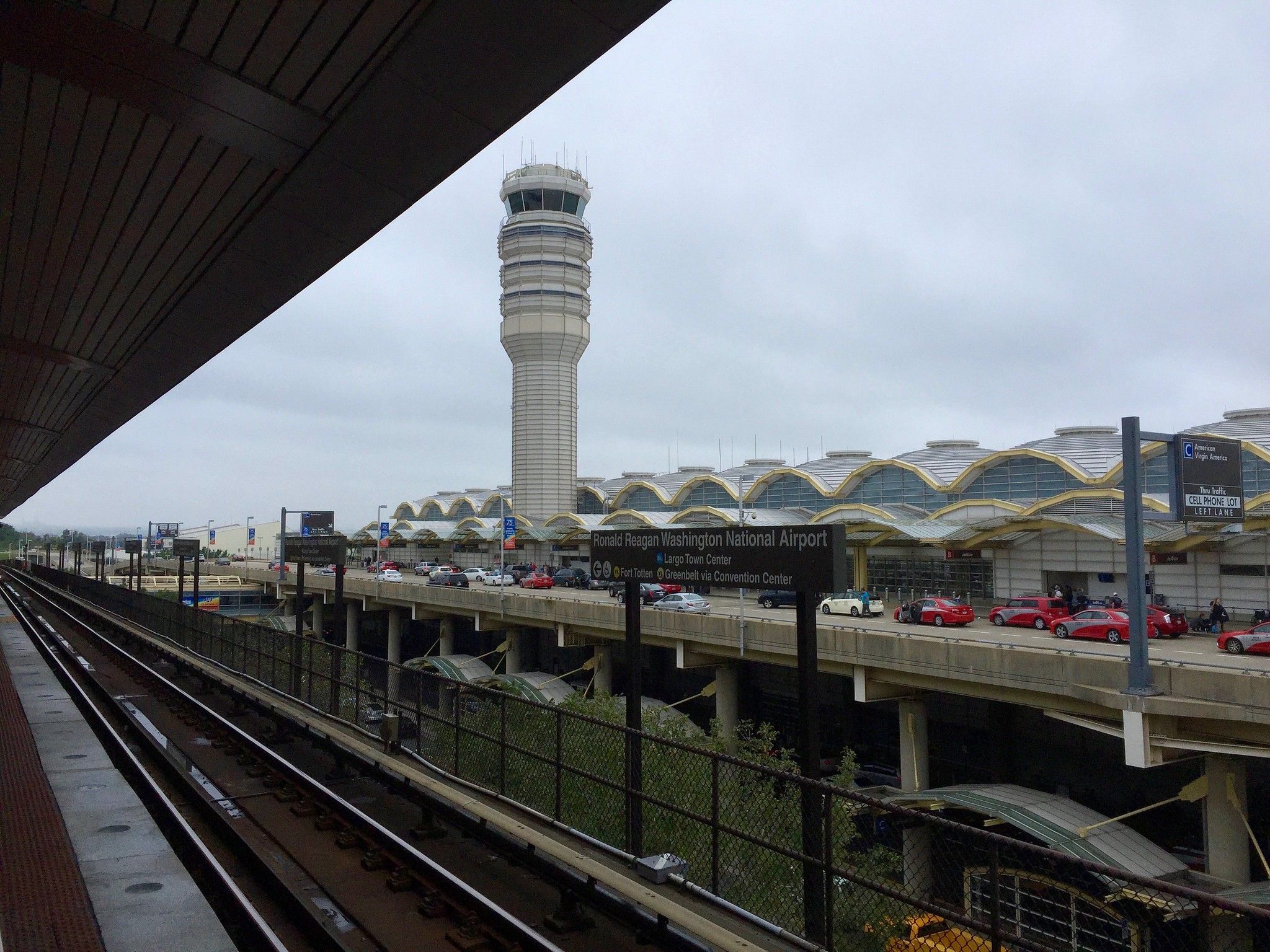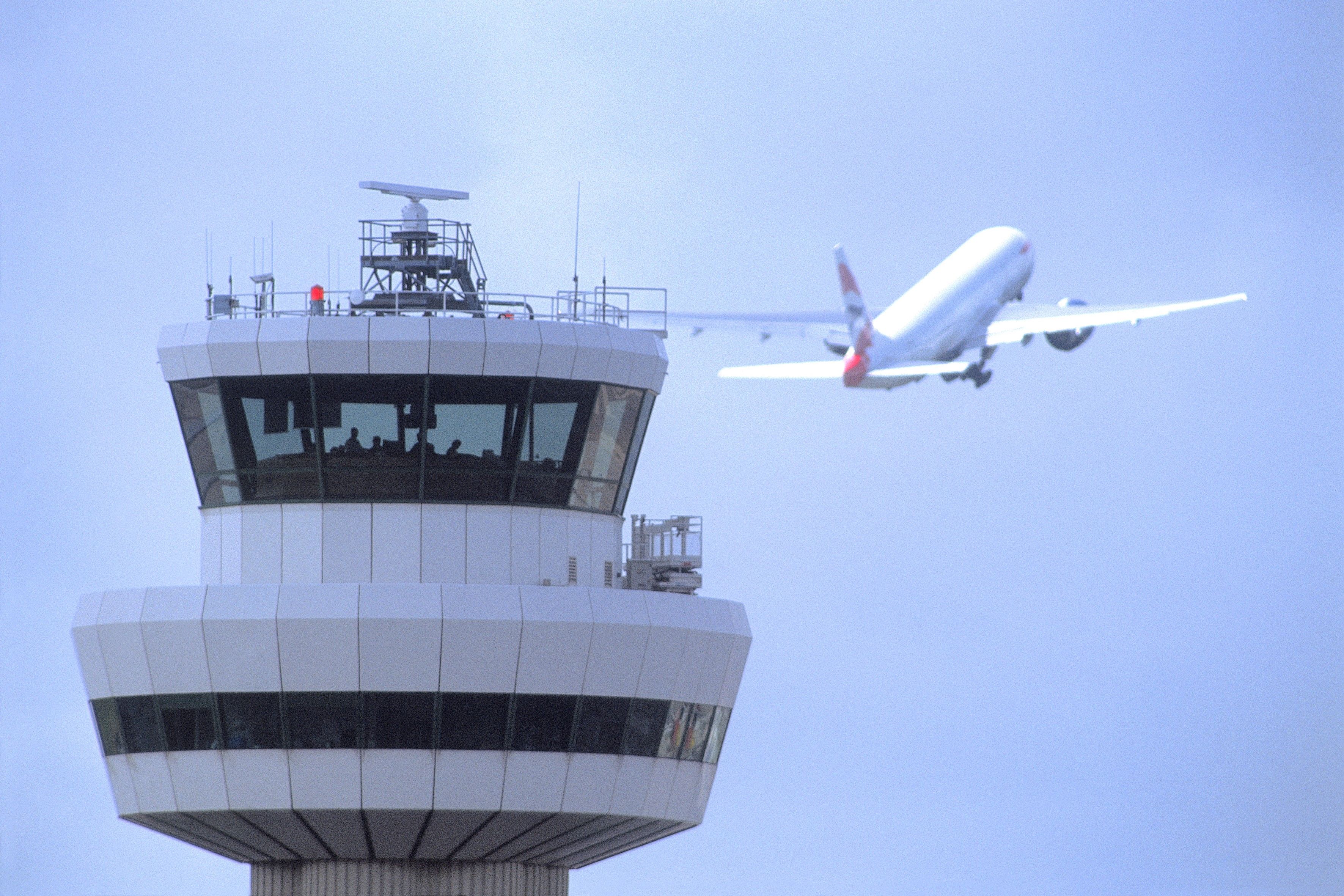Summary
- Two flights had to land without ATC assistance due to a sleeping controller.
- The controller had worked four overnight shifts, leading to the incident and a safety scare.
- A trend of controller fatigue leading to scary situations has highlighted the need for sufficient rest between shifts.
In 2011, news emerged that two flights had been forced to land at Washington’s Ronald Reagon Airport (DCA) without Air Traffic Control (ATC) assistance. The reason – the only person on duty in the tower at that moment, fell asleep during his shift in the early hours of the morning.
While the two aircraft, an American Airlines Boeing 737 and a United Airlines Airbus A320, and their roughly 165 passengers managed to land safely, it was a troubling safety incident that could have been a lot worse.
The job of air traffic controller is one of the most high-pressure jobs in the world. In a safety-driven environment, ATCs must always be vigilant during their shift.
When managing several aircraft at the same time, and the safety and security of those onboard are on the line, controllers ensure they give nothing less than 100% attention to their work. Unfortunately, issues like being overworked or having understaffed towers have led to safety incidents like this one.
Unassisted landings
The incident occurred in the early hours of Wednesday, March 23rd, 2011. Both aircraft were on approach to Reagan National and were being handled by Potomac TRACON (Terminal Radar Approach Control), based in Warrenton, Virginia. American Airlines Flight 1900 was the first flight to encounter a lack of response from the tower at DCA, followed shortly afterward by United Flight 628T.
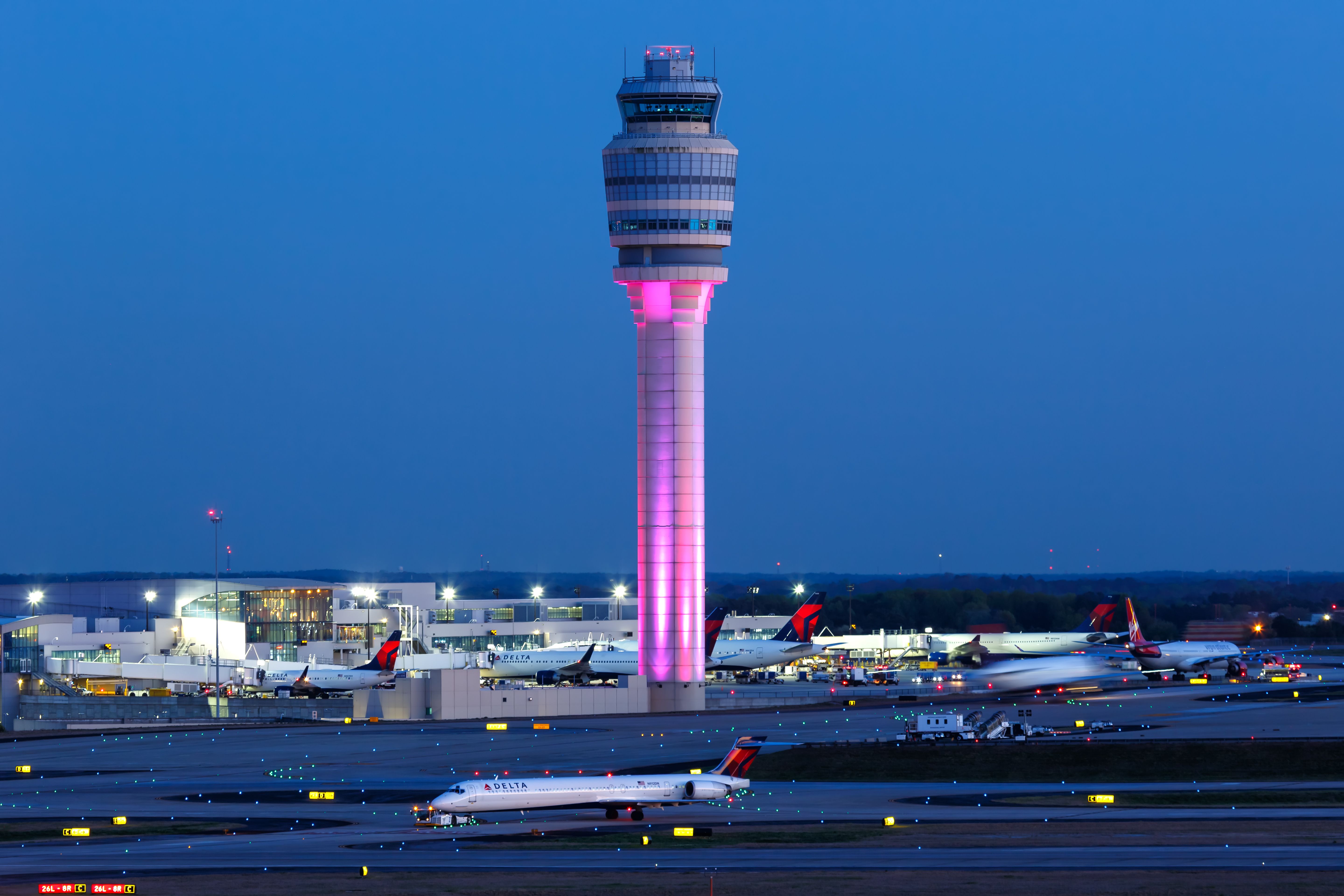
Related
Pilots & Air Traffic Controllers: Who Has More Authority?
Who will have the final word?
Upon realizing there was no reply from the tower, the two flights circled near the airport, using this time to try and elicit some form of response. With the controller on duty having fallen asleep, neither the two aircraft nor Potomac TRACON could contact the tower. As such, the two aircraft had to coordinate their approaches using the common traffic advisory frequency (CTAF) and land unassisted.
With aviation being a safety-driven industry, some failsafe elements were in place. For example, FAA Administrator Randy Babbitt explained that “at no point was either plane out of radar contact, and our backup system kicked in to ensure the safe landing of both airplanes.” Nonetheless, it was an alarming situation.
Stay informed: Sign up for our daily and weekly aviation news digests.
A matter of fatigue
While the aircraft in question landed safely, a lack of ATC support at such a busy airport could have proved very dangerous. Fatigue clearly played a role in what happened, with NBC noting that it was the controller’s fourth consecutive overnight shift. It wasn’t the case of a rookie mistake, as he had worked in the domain of air traffic control for 20 years, with 17 of these being at Washington National.
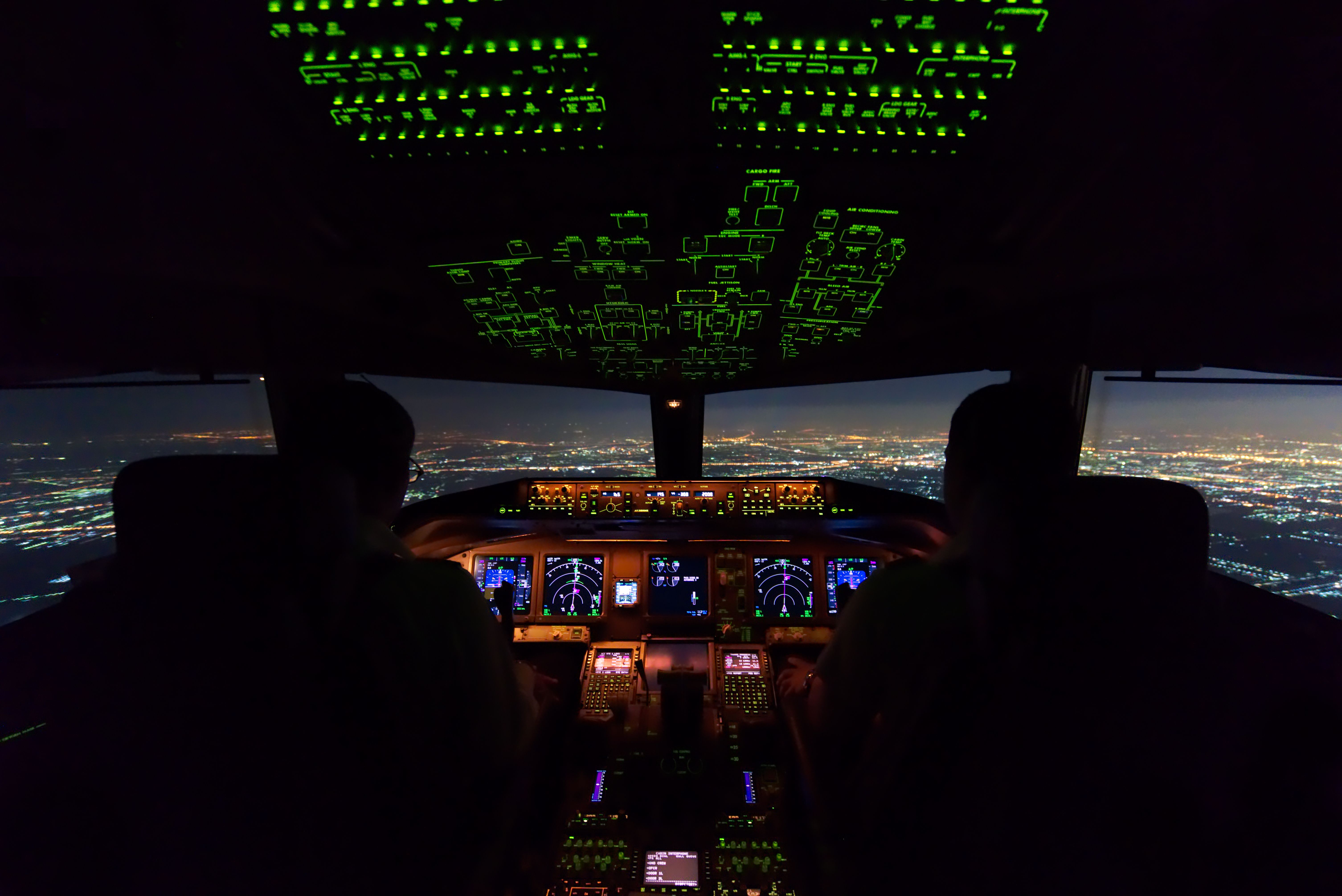
Related
How The FAA Works To Avoid Pilot Fatigue
The FAA’s rules and regulations concerning crew working hours and rest.
In any case, he was suspended pending an investigation, which found that the controller had been unresponsive for approximately 25 minutes. The safety scare prompted an upheaval in staffing protocols, as the reason for the radio silence was the fact that the sleeping controller was the only person present in the tower at the time.
As such, Transportation Secretary Ray LaHood mandated a second controller when it came to overnight shifts at more than 25 US airports, including the capital’s secondary airport.
The airline industry is always full of new developments! What aviation news will you check out next?
Similar incidents
The incident highlighted a worrying wider trend concerning incidents involving air traffic controllers who hadn’t had sufficient rest between shifts. While a controller falling asleep on the job was more or less unheard of, eTurboNews notes that a 2007 letter from then-NTSB Chairman Mark Rosenker to the FAA highlighted four near misses involving fatigued air traffic controllers.
Photo: London Gatwick Airport
These occurred between July 2001 and March 2006, with certain aircraft having been as little as 12 seconds away from a collision. In these instances, the controllers on duty had between two and six hours of sleep between shifts, with one having worked three times in two days. These underline the importance of sufficient rest periods in safety-critical roles, of which the airline industry has many.
A similar incident occurred at Hilo International Airport in 2018 as a Hawaiian Airlines cargo flight attempted to land. The Boeing 717 freighter contacted ATC for instructions but received no response, and also had to switch to CTAF before landing at the airport unassisted.
It was later found that the sole controller on duty had fallen asleep. Perhaps the worst case of a sleeping ATC worker happened in Russia in 1984, when Aeroflot Flight 3352 crashed into maintenance vehicles on the runway as the controller had fallen asleep, killing 178 people.
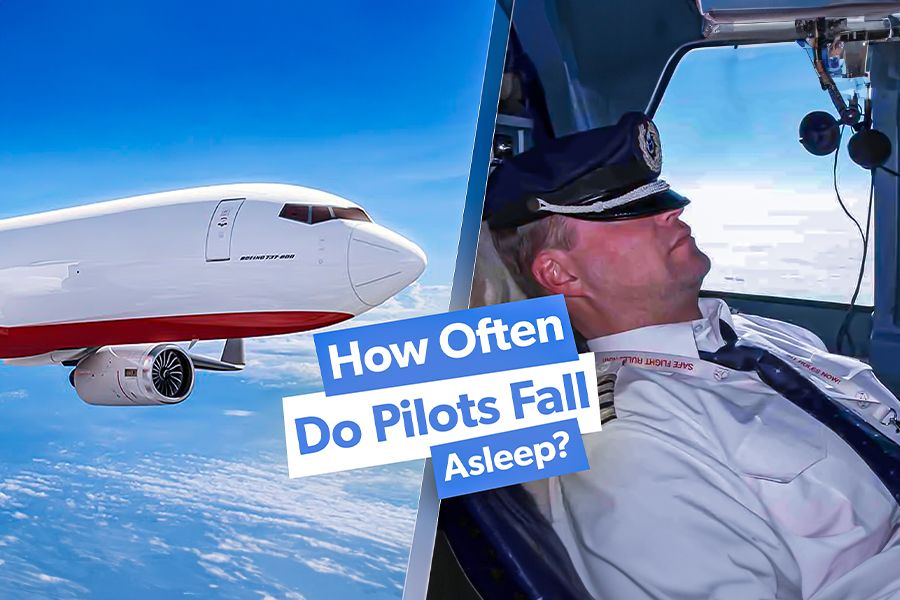
Related
How Often Do Pilots Fall Asleep Inflight?
Some studies report that as many as 75% of pilots admit to having fallen asleep while flying.
It can sometimes happen the other way around too, when pilots fall asleep and are unresponsive to communication from ATC. This happened with a pair of ITA Airways pilots flying over France in 2022 when the flight did not answer communications for around 10 minutes.
This was because the first officer was embarking upon a period of ‘controlled rest,’ and the captain, left in command in the cockpit, had nodded off too. It happened again in early 2024 when both pilots on a Batik Air flight fell asleep for almost 30 minutes.
What do you make of this incident? Let us know your thoughts in the comments.

